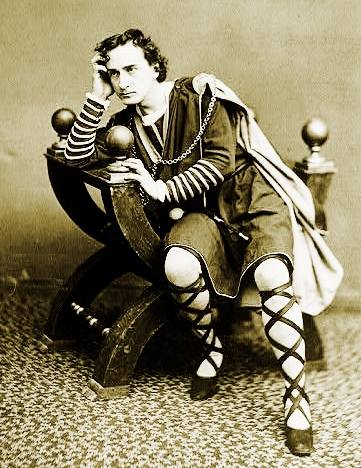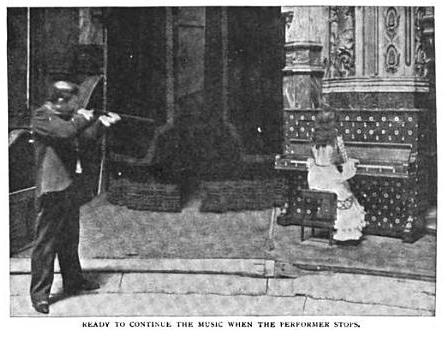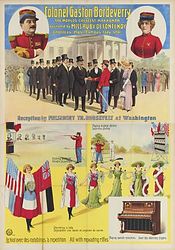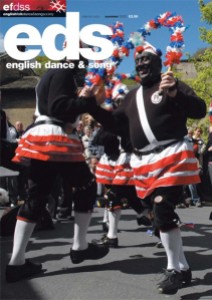In “Why Hindustani musicians are good cooks: Analogies between music and food in North India” (Asian music XXV/1–2 (1993–94), pp. 69–80), Adrian McNeil notes that culinary topics are frequent—sometimes even favorite—subjects of conversation among Hindustani musicians, and that a notable number of top Indian musicians are also expert cooks. He attributes this phenomenon to the similarities between the cognitive and sensory aspects of the two activities, and proposes a “culinary perspective” on rāg.
Offering a basic “culinary recipe” alongside a basic “melodic recipe”, McNeil similarly juxtaposes, in a two-page spread, a photographic “depiction of potato with ginger and puris” with a rāgamālā “depiction of rāg sārant”. Further positing a “melodic conception of food”, he recounts examples of Indian musicians using culinary analogies to illustrate musical matters, and cites a use of the phrase biryāni chicken khā (eat chicken biryāni) to convey a rhythmic pattern to a hungry mrdangam player.
















